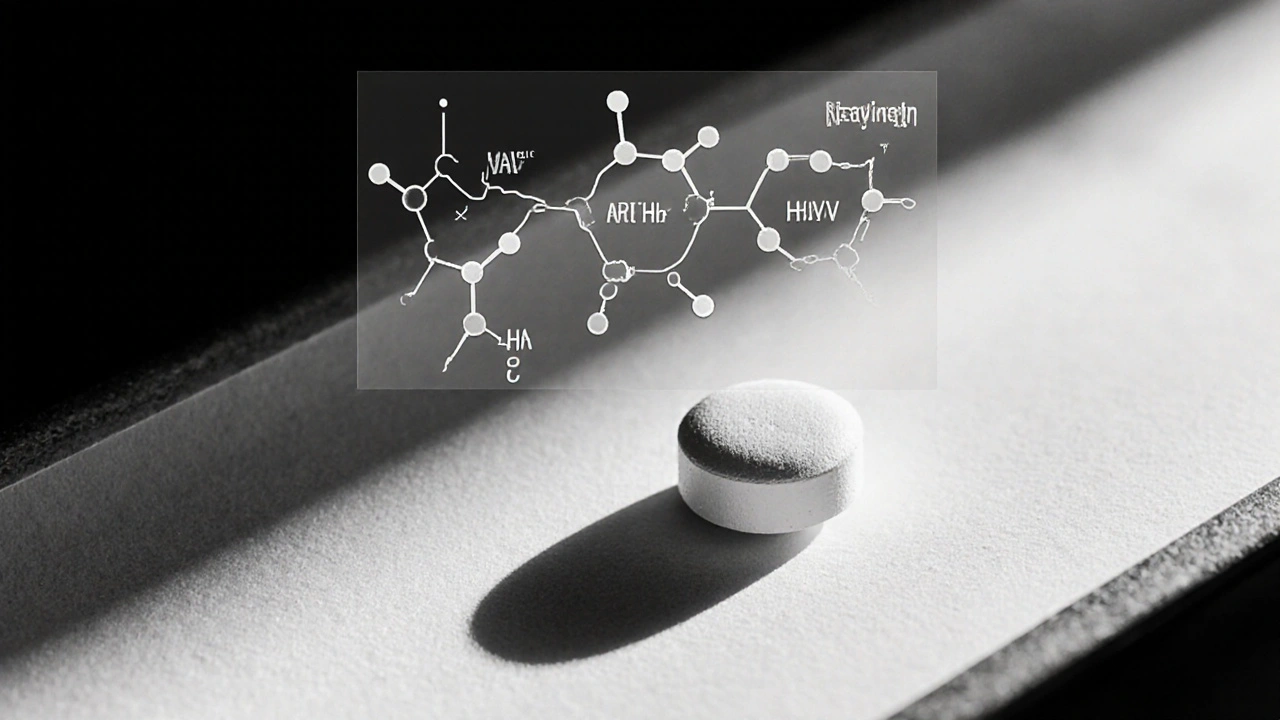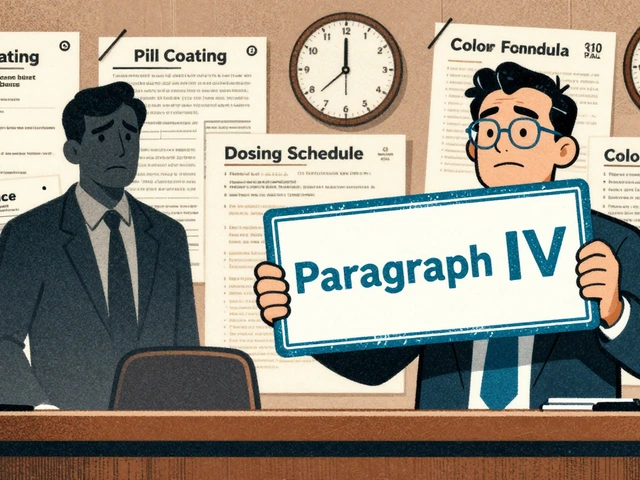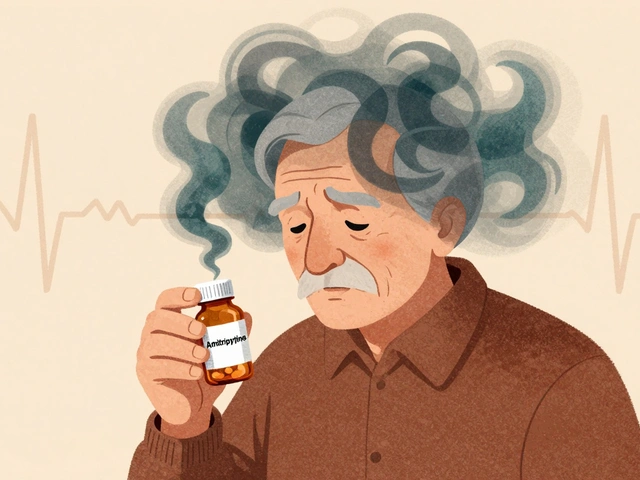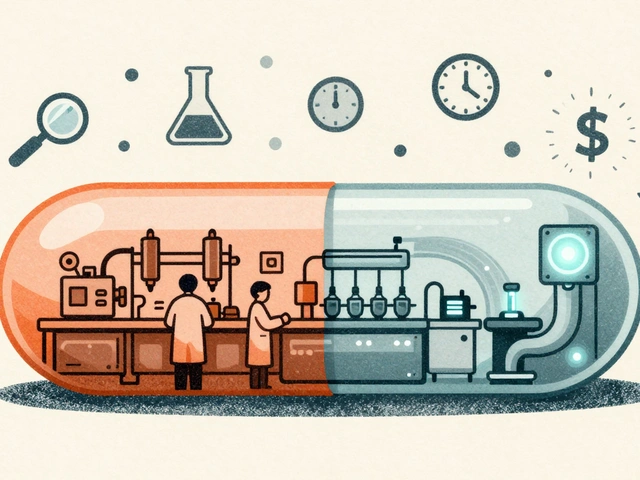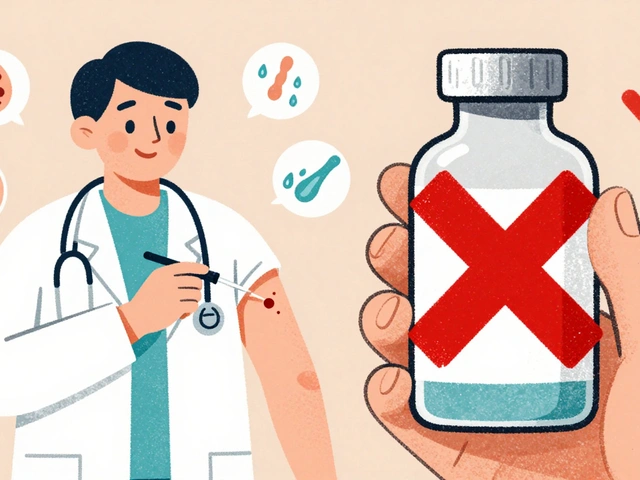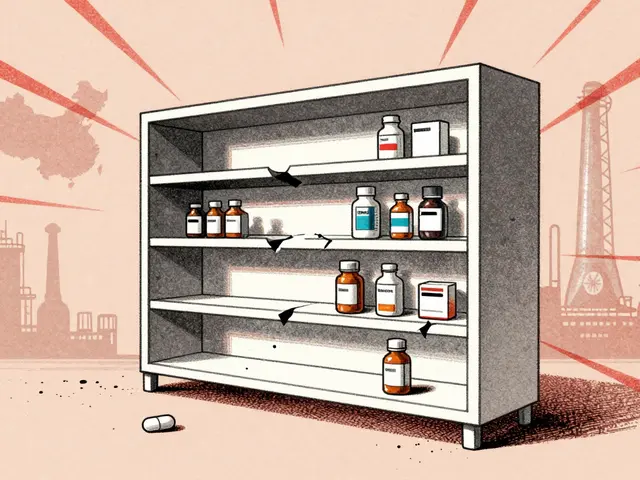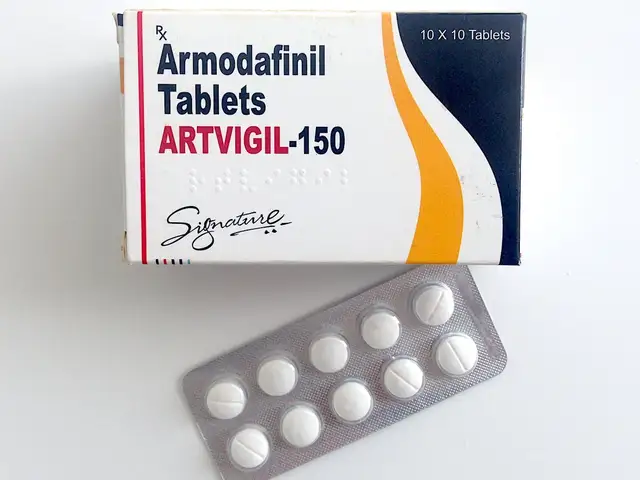HIV Treatment: What Works, What to Avoid, and How to Stay on Track
When someone is diagnosed with HIV, a virus that attacks the immune system and can lead to AIDS if untreated. Also known as human immunodeficiency virus, it no longer means a death sentence — thanks to modern antiviral drugs that suppress the virus to undetectable levels. These drugs, often taken as a single pill once a day, let people with HIV live long, healthy lives and even prevent transmission to others. This isn’t theory — it’s what millions do every day.
Effective HIV treatment isn’t about one magic pill. It’s a combination of medicines that target the virus at different stages of its life cycle. Most regimens include drugs from at least two classes: NRTIs (nucleoside reverse transcriptase inhibitors) and NNRTIs (non-nucleoside reverse transcriptase inhibitors), or sometimes integrase inhibitors and protease inhibitors. These combinations stop HIV from multiplying, which lets your immune system recover. Your doctor will track your CD4 count — a measure of your immune cells — and your viral load — how much virus is in your blood. When viral load drops below detectable levels, you can’t pass HIV to a partner. That’s called U=U: Undetectable = Untransmittable.
Sticking to your meds is the hardest part — not because they’re complicated, but because life gets busy. Missing doses can lead to drug resistance, which limits your future options. That’s why most modern treatments combine multiple drugs into one pill. No more three-pill routines. No more strict meal timing. Just one pill, once a day, at a time that fits your schedule. Side effects? They’re milder than ever. Some people feel a little dizzy or nauseous at first, but most adjust within weeks. If something doesn’t sit right, talk to your doctor — there are dozens of alternatives.
What’s missing from the conversation? Many still think HIV treatment means lifelong suffering. It doesn’t. It means routine checkups, not hospital visits. It means working, traveling, having kids, and living without fear. The real challenge isn’t the medicine — it’s stigma, cost, and access. But if you’re on treatment, you’re already winning.
Below, you’ll find real comparisons and guides on the drugs used today — from how they work to what to watch out for. You’ll see how antiviral interactions can affect your health, why some meds work better with certain conditions, and how to avoid common mistakes. No fluff. Just what you need to stay healthy and in control.
